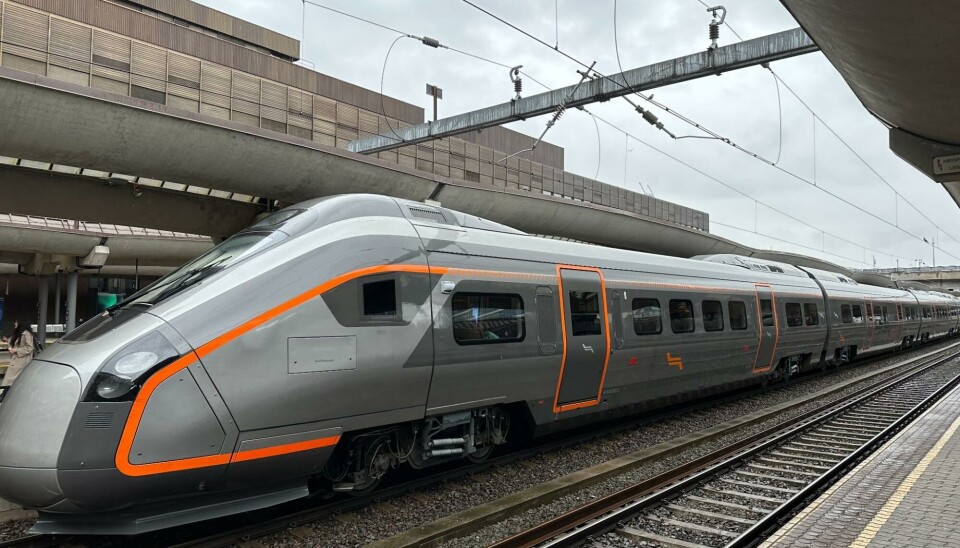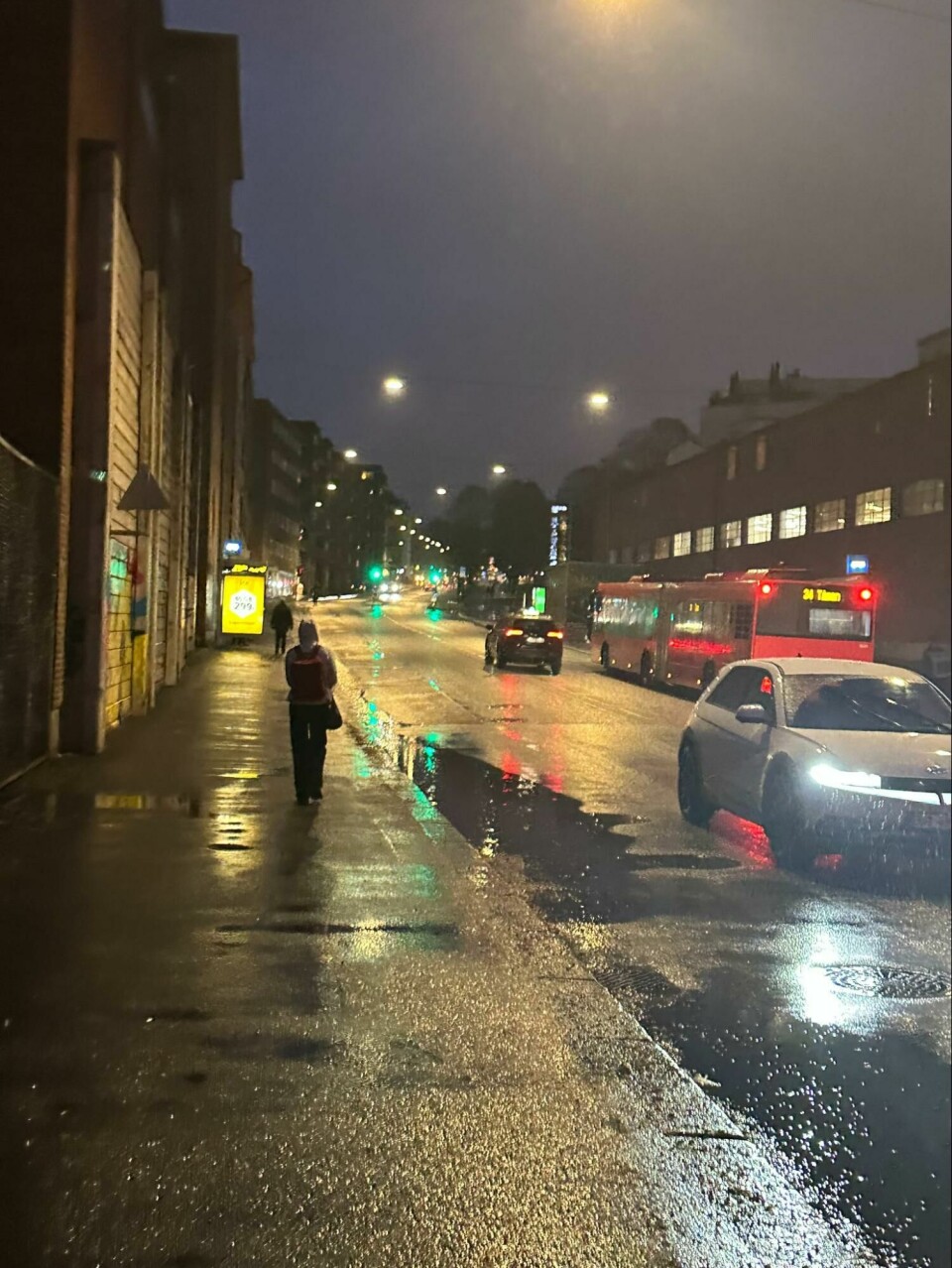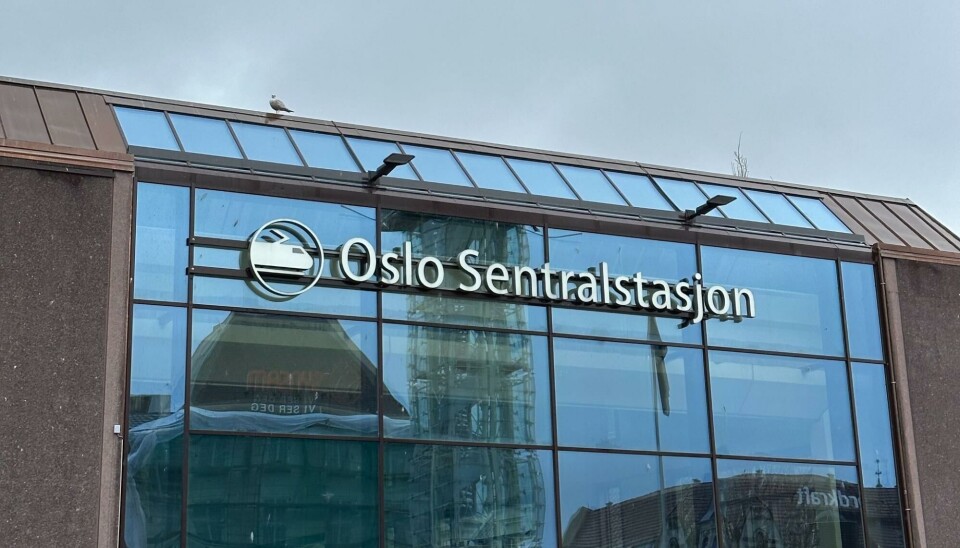
Getting About Town: A Student Guide to Public Transport in Oslo
To bus, ferry, e-bike or tram?
Public transport. Almost all of us use it, and whether we love it or hate it, it’s an integral part of day to day life. Commuting without a metro or bus system is pretty hard to imagine – and sitting on a crowded carriage while eager to get home is a frequent reality for many. But how does the public transport network in Oslo work for students? And what will it look like moving into the future?
What public transport is offered in Oslo?
Oslo is served by four modes of transport – buses, metro trains (t-bane), trams (trikk), and ferries (båt). Each of these services operate across the city, providing commuters with a number of options when it comes to travel.
The organisation of most transport, including tickets and timetables, is overseen by Ruter. They are a joint administration company for Oslo and parts of Viken, and are responsible for more than half of the transportation across Norway. It is also a state owned enterprise, with Oslo county municipality holding majority of the shares. Although responsible for overseeing the transport system in Oslo, Ruter does not physically own any forms of transportation. Instead, various operating companies run modes of transport under contract for Ruter, such as Sporveien, who own the trains and trams.
In addition, there are a number of smaller privately run transportation networks. The most well known of these is Flytoget, which runs trains from the city centre to Oslo Gardermoen Airport. These separate companies are usually self-funded, and tickets must be bought independently by commuters.
Øystein Dahl Johansen, Communications Advisor at Ruter, said that there was a clear distinction between the services offered by Ruter and other independent companies.
“Ruter and Vy's tickets are considered public transport, and are connected to large transfers from the public sector. Together with ticket revenues, this covers the costs of public transport,” he said.
The communications advisor also emphasised that at companies such as Flytoget, the cost of transport is covered entirely by the customer.

How much does it cost to travel?
Ruter provides a variety of ticket options to suit all sorts of travellers – varying from single rides to annual passes. When it comes to pricing tickets, the transportation network is split into geographical zones. As a traveller moves further away from Oslo, they pay more to use the transport network. The entirety of Oslo is located in Zone 1. In contrast, locations such as Oslo Airport (Zone 4N) and Drammen (Zone 5V) cost more to travel to.

Importantly, the cost of buying tickets with Ruter increased in January 2023. The organisation’s website cites an upward trend of general costs as the reason for the higher prices, which climbed 3.7% on average this year.
Dahl Johansen emphasised that the income derived from ticket sales is entirely allocated to improving public transport services.
“Ruter's income consists of public transfers, as well as ticket income. That is why it is so important that those travelling with us have a valid ticket,” he said.
He also stated the importance of ticket income as the reason behind having ticket inspections and fines across the Ruter network.
“We do not initially want to fine travellers without valid tickets, but the control is an important and necessary tool to increase the proportion of payments among those who travel by public transport,” he explained.
For the most part, public transport tickets can be bought via the Ruter mobile app. Among other features, this application allows users to keep track of their purchased tickets, plan routes, and get accessibility information. While previously these tasks had to be completed across different programs, this merging makes it easy for people to utilise various transport options.
The release of the new mobile application was a big step for Ruter. Dahl Johansen highlighted that the update has been a big transition, but brings with it many new opportunities for travellers.
“The app combined ticket and travel search in one app, and it is developed continuously… in close cooperation with our customers,” he said.
How much do students pay?
Ruter provides discounted tickets for university students, who can save money on the cost of travel by buying a 30 day pass. For NOK 511, students can ride an unlimited number of times on the Ruter network, provided they can produce proof of eligibility – such as a student card.
Importantly, this discounted student ticket is only available to students under the age of 30. When asking why this age limit was in place, Dahl Johansen cited the national guidelines for student tickets within Norway. According to The Ministry of Transport, the government funds cheaper student travel in an attempt to make public transport more attractive to young people. This in turn aims to instil positive travel habits in students as they move into the future. At minimum, the state requires domestic travel organisations to provide a 40% discount to students who are younger than 30. Along with Ruter, these guidelines are followed by many travel companies across the country – including NOR-WAY Bussekspress (intercity buses) and Skyss (transport company operating in the Vestland county of Norway).
What is the travel guarantee?
One notable aspect of travel in Oslo is the refund and travel guarantee that is offered by Ruter on most trips. If an individual is delayed by more than 20 minutes on a route that meets certain conditions, they can request to be refunded expenses of up to NOK 750. This allowance can be used to hire a taxi, drive a car, or otherwise organise alternative transport.
It is clear that such a promise is an important aspect of Ruter’s vision for the transport network.
Dahl Johansen explained that the company offers the guarantee “...so that those who travel with us can be confident that public transport will take them where we say we are going to.” He also emphasised that such an arrangement keeps Ruter directly accountable to its customer base.
“The travel guarantee also makes [Ruter employees] and the operators aware of the responsibility we have towards our customers,” he stated.
It is important to remember that under some circumstances, this guarantee is void. For example, extreme weather conditions, strikes, and cancellations that are announced in advance do not fall within the realm of the guarantee. Regardless, this system is a big step for a transportation network – and is evidence of Ruter’s sustained commitment to providing travellers with the best possible level of service.

What about public transport and its impact on the environment?
In a world which is becoming increasingly environmentally aware, public transport is more important than ever. Our surroundings are rapidly deteriorating due to the impact of human travel, and seriously threatening the natural world. Authorities within Norway are taking steps to make private transport more expensive for consumers. For example, according to the Norwegian Tax Administration, vehicle owners must pay a greenhouse gas tax on any included air conditioning units. For most vehicles, this is charged at NOK 1,237.60 per kilogram.
As a public transport network, Ruter appears to be aware of their impact on the environment. According to their website, the company strives to “make public transport, together with cycling and walking, a natural first choice.” This mission statement can be seen through the goals they are setting into the future.
Dahl Johansen emphasised the fact that Ruter is working towards providing emission-free ways of travel. This development is being guided by an established set of time frames.
“The goal was set that all public transport should be emission-free by 2028, but the market has delivered better than expected and we will reach the goal of emission-free public transport in Oslo as early as 2023,” he said.
Along with working towards greener public transport, Ruter also actively encourages individuals to travel by walking or cycling. This is emphasised by a prominent feature on the mobile app, which automatically shows users an alternate walking or cycling route. This is done in an attempt to push more people towards these green forms of transportation.
Additionally, an update to the Ruter app in November 2022 enabled people to view e-bikes and e-scooters which can be rented nearby. One provider – Voi – even allows users to book their rides within the Ruter app. While such a feature is usually accessible through an alternative application in other cities, this inclusion adds a heightened sense of convenience to those looking to travel in Oslo. Hiring an e-bike instead of catching the train is a constantly accessible option – thus making it more of a realistic alternative for many commuters. Measures such as these demonstrate efforts made by Ruter to be more eco-friendly. While unable to directly control the decisions of individuals, they are doing their part in ensuring they can make informed decisions.
Public transport for all!
Although public transport in Oslo isn’t flawless, the network provides students with a quick and easy way to travel around the city. The Ruter mobile app makes buying tickets accessible, and allows riders to be constantly updated of changes to their schedule. The refund and travel guarantee also demonstrates Ruter’s commitment to providing consistent services across their network. Similarly, their collaboration with e-scooter and e-bike hiring platforms is evidence of their environmental awareness.
So next time you’re catching a train or the bus – don’t forget to consider all of the organisation that goes on behind the scenes. And if you’re not travelling too far… maybe consider taking a stroll instead. Travel safely!

































